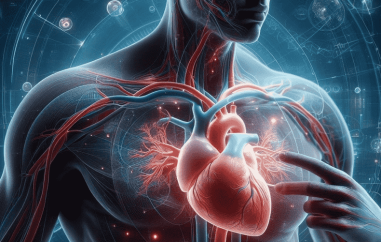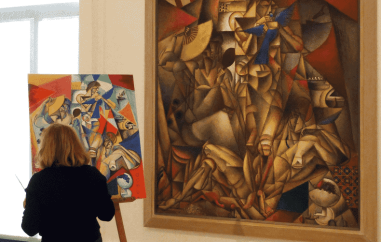Munich-based scientists find ground-breaking clues on Lou Gehrig's disease, refuting previous ideas
Researchers from Technische Universität Muenchen (TUM) and Ludwig-Maximilians-Universität Muenchen (LMU) have found new clues to understand the workings of Lou Gehrig's disease. Their results published this week in Proceedings of the National Academy of Sciences, changes the current view on how two key cellular mechanisms linked to the disease operate.
Lou Gehrig's disease, also known as Amyotrophic lateral sclerosis or ALS, affects 5 out of every 100,000 people worldwide. It causes nerve cells of the brain and spinal cord to slowly degrade and die, causing muscles to stop working, leading among other things to lung failure, pneumonia and a general loss in the ability to care for oneself.
ALS under the microscope
The research was led by Prof. Thomas Misgeld, from the Institute of Neuroscience at Technische Universität München (TUM), and performed by graduate student Petar Marinkovic. This study has, for the first time "systematically compared the transport of organelles in different models of the same neurodegenerative disease, amyotrophic lateral sclerosis". They used advanced microscopy techniques to study changes in both axon morphology and organelle (e.g. mitochondria) transport in different animal species commonly used as models for the study of ALS. Contrary to current thinking, axon degeneration and problems with organelle transport were found to be independent from each other, which refutes the hypothesis that one is a direct cause of the other. As Prof. Misgeld explains, regarding the findings of his student,
"What he found are two things that surprised us: First, there is no consistent pattern that would correlate changes in transport of the two organelles we looked at - mitochodria, which produce energy in cells, and endosomes, which cells form to transport material that they take up - with the disease course. In other words, some animal models have it, others do not. Second, we found that despite severely compromised transport, nerve cells can live pretty long. This means that they probably have ways to compensate for fluctuations in transport."
Key implications
One important implication of this work is the change it will make on how ALS research is conducted. Now that the link is broken between axonal transport disruptions and degeneration, a new road is open, directed towards understanding these individual mechanisms. Another more general implication concerns not only ALS but also other neurodegenerative diseases, and how current animal models used for research may not be as good as currently thought. "What our experiments really say is that it is not easy to develop faithful models of neurodegenerative diseases. So it might be worth spending more effort to get better animal models, as this is the only way forward for mechanistic studies, while always checking them against human pathology or human-derived cellular models. In the meantime, it is probably prudent to work with several of the available models in parallel" says Misgeld in a statement for Eurekalert.
Future venues of research should look into following up Misgeld's findings and understanding just how nerve cells are affected by disrupted transport of organelles, and just how they manage to survive, or compensate even under poor organelle transport. "We are pretty convinced that disturbed transport is bad for nerve cells, even though they can compensate for a while in ALS. We want to understand this very compensation - for this we feel we need to better understand how organelle turn-over is actually regulated. We do this by now working with another species of animals, a type of small fish, which are transparent, so we can account for all organelles in a nerve cell and hopefully understand how organelle turn-over and transport relate to each other."
Original publication:
Axonal transport deficits and degeneration can evolve independently in mouse models of amyotrophic lateral sclerosis. Petar Marinkovi, Miriam S. Reuter, Monika S. Brill, Leanne Godinho, Martin Kerschensteiner, and Thomas Misgeld, PNAS Early Edition, Feb. 27-March 2, 2012. DOI: 10.1073/pnas.1200658109
Contact:
Prof. Dr. Thomas Misgeld, MD
Institute of Neuroscience
Technische Universitaet Muenchen
Biedersteinerstrasse 29, 80802 Munich, Germany
Tel.: 49-89-4140-3512
E-Mail: thomas.misgeld@lrz.tum.de
Web: http://www.misgeld-lab.me.tum.de















































